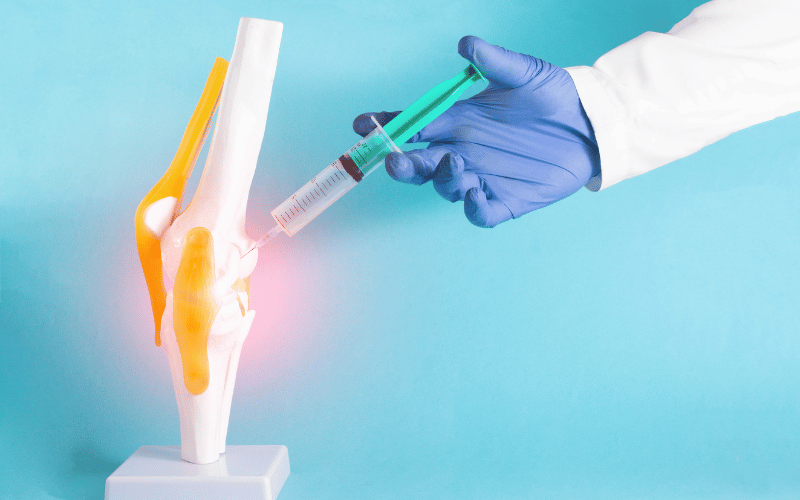Cause 3: Use of Corticosteroids

Corticosteroids are a class of drug that reduces inflammation in the body, making them a critical treatment for diseases like asthma, arthritis, and various other conditions. For asthma and certain respiratory ailments, inhaled corticosteroids are the go-to remedy. They help in reducing inflammation in the airways, making breathing less labored and more comfortable. However, while they play a pivotal role in respiratory health, they come with a caveat when considering oral health.
The very nature of inhaled corticosteroids means they pass through the oral cavity, and residue from these inhalers often lingers in the mouth. This residue doesn’t just vanish; it settles on the oral mucosa and can alter the oral environment. An environment that usually keeps Candida and other pathogens in check may now inadvertently promote fungal growth. Over time, if unchecked, this can lead to the white patches and discomfort characteristic of oral thrush.
It’s not just the drug residue that’s a concern. Often, people using these inhalers might experience a dry mouth, further elevating the risk of Candida growth. Reduced saliva flow means that the natural cleansing mechanism of the mouth is compromised. Saliva plays a significant role in neutralizing acids and maintaining a balanced oral environment, and when its flow is reduced, Candida gets an unintended advantage.
However, the situation is far from hopeless for regular corticosteroid users. Simple preventive measures can make a world of difference. Using a spacer with the inhaler can reduce the amount of drug depositing in the mouth. Rinsing the mouth post-inhalation can further minimize residue. Regular dental check-ups can catch early signs of oral thrush, allowing for timely intervention.(3)